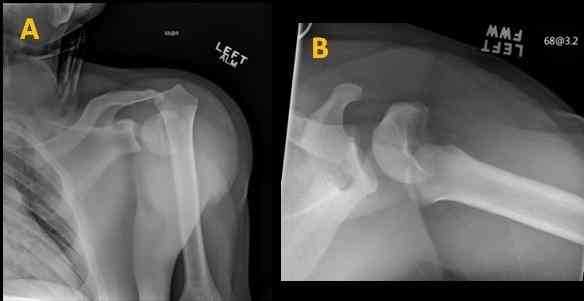JPOSNA May 2020: Fracture Quiz
{"name":"JPOSNA May 2020: Fracture Quiz", "url":"https://www.quiz-maker.com/Q72HZ9O","txt":"This trauma ‘quiz’ represents an interactive session where POSNA members are able to work through 9 clinical scenarios to challenge how they would address the fracture problems. Associated with each scenario is an OITE-style question and multiple choice options that seek the most preferred answer from the clinician. In addition to the answer and follow-up radiographs, we have enlisted the opinions of three POSNA experts in trauma to provide an evidenced-based approach to thinking through each trauma problem. Our panel of experts include: Jeff R. Sawyer, MD. Le Bonheur Children’s Hospital, Campbell Clinic, University of Tennessee Health Science center. Dr. Sawyer has published >50 trauma-related articles, and has established himself as one of our society’s leaders in pediatric orthopedic trauma. Tony I. Riccio, MD. Texas Scottish Rite Hospital for Children, Children’s Health Dallas, UT Southwestern Medical Center. Dr. Riccio, among many trauma-related endeavors, has spearheaded the effort to promote partnership between POSNA and the OTA, and has taught and published extensively on pediatric orthopedic trauma. Susan A. Scherl, MD. Children’s Hospital & Medical Center Omaha, University of Nebraska Medical Center. Dr. Scherl has dedicated her career to the expert care of children with fractures and has published on all aspects of pediatric orthopedic trauma – from NAT to adolescent fractures to supracondylar humerus fractures., A 14-year-old male defensive lineman was tackling the ball carrier and felt\/heard a ‘pop.’ He had immediate pain and inability to use the left arm. Figure 1 A-B demonstrate the injury. What is the next best step in his treatment?, A 12-year-old male injured his left knee 7 days ago at football practice and presents to your clinic with swelling and difficulty moving his knee. Radiographs in Figure 2 A-B demonstrate his injury. What is the preferred method of treatment?","img":"https://www.quiz-maker.com/3012/images/ogquiz.png"}










